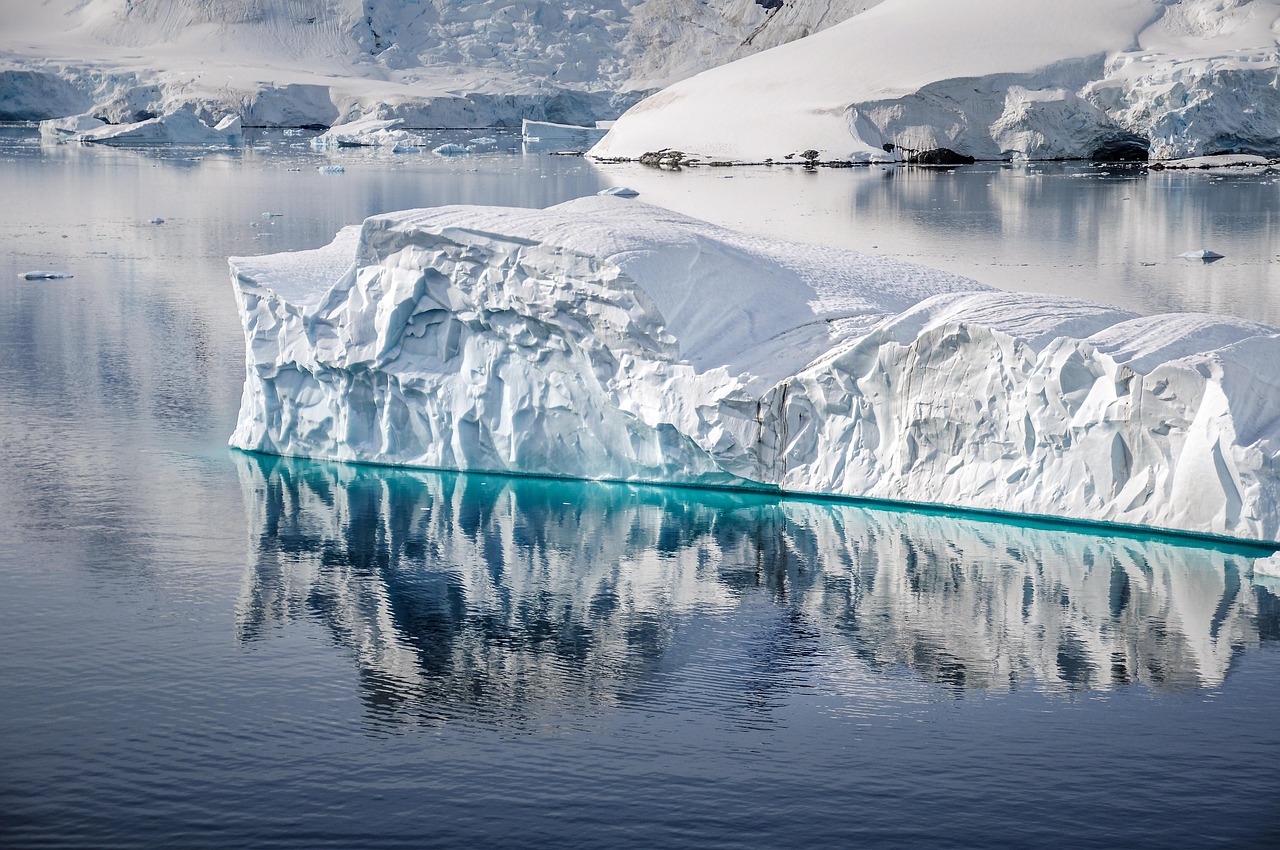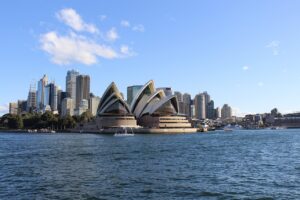When you think of travel destinations, Antarctica might not be the first place that comes to mind. It’s not exactly where you go to sip cocktails by the beach or shop for souvenirs in bustling markets. Yet, for those who seek the extraordinary — the kind of experience that rewires your sense of place in the world — Antarctica stands unmatched.
It’s not just a destination; it’s a revelation.
The Silent Majesty of the White Continent
Antarctica is the coldest, driest, and windiest place on Earth. Nearly twice the size of Australia, it’s a land where 98% of the surface is covered in ice, some of it over 4 kilometers thick. The landscape seems alien — a vast expanse of white merging with the sky, punctuated only by jagged mountains and shimmering blue crevasses.
Here, silence isn’t just the absence of noise; it’s a presence, heavy and humbling, making you feel like a guest on a planet that’s not your own.
The sun plays tricks here. In summer, it never sets, bathing glaciers in golden light at 2 a.m. In winter, darkness reigns for months, broken only by the eerie glow of the aurora australis — the southern lights — swirling in green and violet ribbons across the sky.
Wildlife at the Edge of the World
Despite its harsh conditions, Antarctica teems with life — resilient, fascinating, and sometimes comically adorable.
- Penguins: The kings of Antarctic charm. Colonies of Adelie, Chinstrap, and Gentoo penguins bustle along the ice, their awkward waddles masking their remarkable survival skills. The emperor penguin, the tallest and heaviest of them all, breeds during the brutal Antarctic winter, huddling together to keep warm in temperatures that drop below -60°C.
- Seals: Weddell seals, leopard seals, and crabeater seals dot the coastline. Leopard seals, with their reptilian heads and toothy grins, are the top predators here — except for the occasional visiting killer whale.
- Birdlife: Beyond penguins, there are Antarctic petrels, snow petrels, and the wandering albatross with wingspans reaching over three meters, gliding effortlessly over the Southern Ocean.
- Whales: The surrounding waters are rich feeding grounds for humpback, minke, blue, and orca whales, who migrate here during the summer months to feast on krill.
Every encounter feels intimate. There are no fences or observation decks — just you, the cold air, and creatures that don’t fear humans because they’ve rarely met them.
A Human Footprint: Science at the Ends of the Earth
There are no cities, no permanent residents, and no countries in Antarctica. Instead, it’s governed by the Antarctic Treaty, signed in 1959, which designates the continent as a place for peace and science.
Dozens of research stations from different countries dot the icy expanse, hosting scientists studying climate change, glaciology, astronomy, and wildlife. Life at a station is a blend of endurance and camaraderie. Supplies arrive only a few times a year, and temperatures often demand multiple layers of specialized clothing just to step outside.
Visiting scientists often speak of how the extreme isolation sharpens their awareness of community. In a land that can kill you in minutes without proper gear, cooperation isn’t optional — it’s survival.
Legends from the Southern Edge
Antarctica itself has no indigenous human population, but it lives in the imagination of cultures from the southern hemisphere.
- The Maori of New Zealand tell of Te Ivi o Atea, a frozen land far to the south, touched by gods and spirits.
- In Patagonian myths, giant beings known as Patagones were believed to roam lands near the southern ice.
- Early sailors spoke of a “Terra Australis Incognita” — an unknown southern land — long before it was officially discovered.
These stories, woven from curiosity and fear, remind us that Antarctica has always been more than ice and rock; it’s been a blank canvas for human wonder.
Getting There: The Journey is Part of the Adventure
Most travelers reach Antarctica via expedition cruises from Ushuaia, Argentina — the world’s southernmost city. The trip takes you across the Drake Passage, infamous for its turbulent waters. Some days, it’s calm (“the Drake Lake”), while on others, waves tower like buildings (“the Drake Shake”).
Crossing it is a rite of passage. When you finally glimpse that first iceberg, sculpted into impossible shapes by wind and water, the memory of the rough seas dissolves instantly.
Flights are also possible from Punta Arenas, Chile, for those who prefer to skip the crossing, but many agree that sailing in feels more earned.
What You Can (and Can’t) Do
Travel here is highly regulated to protect the fragile ecosystem. Visitors must follow strict guidelines set by the International Association of Antarctica Tour Operators (IAATO):
- No touching or feeding wildlife.
- Keep a safe distance from all animals.
- No litter — not even crumbs.
- Decontaminate boots before stepping onto the ice to prevent introducing non-native species.
Activities can include:
- Zodiac cruises between icebergs.
- Kayaking in crystal-clear waters alongside seals.
- Snowshoeing across untouched landscapes.
- Visiting historic huts, like those of Ernest Shackleton and Robert Falcon Scott.
- Polar plunges — yes, jumping into freezing water for bragging rights.
The Fragile Future of Antarctica
Antarctica is a frontline witness to climate change. Ice shelves are thinning, glaciers are retreating, and wildlife migration patterns are shifting. Krill populations — the base of the Antarctic food chain — are vulnerable to warming seas and commercial fishing.
Scientists warn that changes here ripple across the globe, influencing sea levels, ocean currents, and weather systems. Traveling to Antarctica is a privilege, and with that comes the responsibility to minimize impact.
Why People Fall in Love with Antarctica
It’s not the luxury — there’s little of that here. It’s not even the bucket-list bragging rights. People fall in love with Antarctica because it strips travel down to its essence: connection with the planet.
Here, you realize how small we are, and yet, how connected everything is. The ice you stand on may be older than human civilization. The penguins beside you have no idea who you are, and yet, you feel part of their world.
Antarctica doesn’t just change how you see travel — it changes how you see home.


